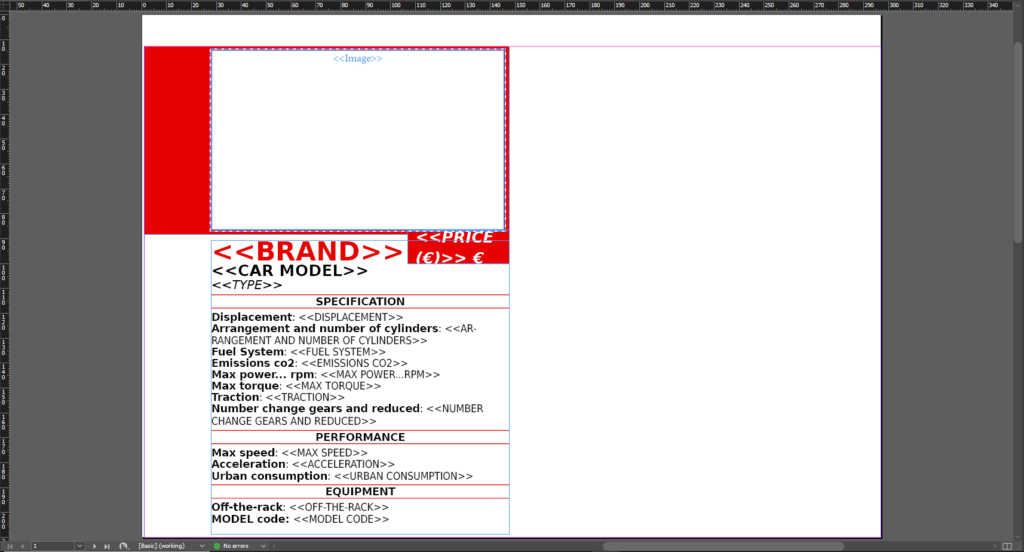

** Please find Adobe InDesign files attached so you can recreate your own version This will apply the Metadata descriptions into text frames that are now built-in captions. With your images still selected, go back to Object > Captions and choose Generate Static Caption. In this case, I applied a 0.5" offset, but experiment with what works best for you. In the Metadata selection dropdown menu, choose Description.Īpply an offset so when you place the captions, they aren't touching the actual images. Select the images you want to apply captions to and go to Object > Captions > Caption Setup. This can be applied through such applications like Adobe Bridge. Note: Before anything, you must add descriptions into the Metadata information field of your images. Release the mouse and your images will automatically drop into the grid of frames in order of how you initially selected them. Before you release the mouse, adjust the frames roughly to your preference. This will evenly divide your frame into four boxes that will contain the images you selected. Use the left or right arrows on your keyboard to toggle through.Ĭlick and drag to draw out a frame, but when doing so, also press the up arrow key once and the right arrow key twice. Your cursor will become loaded with the images you selected. Either drag and select, or command-click to choose each file individually. Go to File > Place and select the images from the folder in which you saved them. In a separate folder, save at least four images to place into your project Part 3 - Placing Images into a Grid of Frames When you are satisfied with your colors, click the icon to the right of the theme selector to to add the swatch group to your Swatches Panel. Next to the colour lineup, InDesign allows you to select a different theme - Colorful, Bright, Dark, Deep and Muted. This will build a color swatch theme for you. With your Color Theme Tool, click inside the image you want to sample colors from. It can be accessed in the Eyedropper Tool flyout or using Shift + I as a shortcut. Place an image on your page by going to File > Place to import an photo or simply drag an image from your desktop or CC Library. You also have the option to import the text and link the threaded frames after to jump the copy to another page(s). Only, before you import the text, link all the threaded frames by going to the bottom right-hand corner of the text frame and clicking the out port icon (little white square) and clicking the next threaded frame to link the two. Now, what if there is overset text and you want to carry over the copy to another frame? If you have text that will jump from one page to another or multiple pages, repeat the same process to add threaded frames. Go to File > Place to choose a text file to import and you will notice the type will flow nicely in the threaded frames that you created. Don't worry, if you added too many columns, tap on the left arrow key to draw back. You can continuously tap on the right arrow key to add the more columns to your frame. Click the Type Tool and draw a frame on the workspace, only when you left click and drag, also tap on the right arrow key on your keyboard once to increase the column thread.


 0 kommentar(er)
0 kommentar(er)
